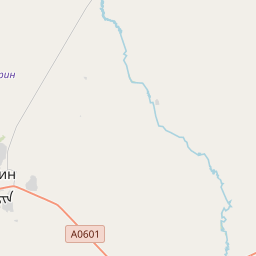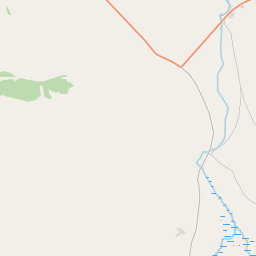Mongolia, Karakorum
Updated: 2024-09-19
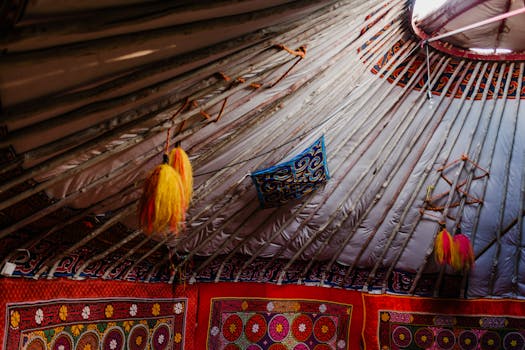

About
The currency used in Karakorum is Mongolian Tögrög.
Residents of Mongolia: 3.3 million.
Residents of Karakorum: 10,000.
Languages
Mongolian (Main language)
The main language spoken throughout the country, including in Karakorum. Most locals understand and speak it extensively.
English
Very limited usage, mainly around tourist sites and hotels.
Cost of living
What to do
To be aware of
Climate
Must visit places
Erdene Zuu Monastery
4.8 out of 5 rating
The oldest surviving Buddhist monastery in Mongolia, featuring impressive stupas and ornate temples.
Located at Kharkhorin, Övörkhangai Province, Mongolia
Prices: Free
Checking link...
Orkhon Valley
4.7 out of 5 rating
A stunning UNESCO World Heritage Site, perfect for hiking and experiencing the vast Mongolian steppe.
Located at Orkhon Valley, Övörkhangai Province, Mongolia
Prices: Free
Checking link...
Karakorum Museum
4.5 out of 5 rating
This museum houses fascinating relics and artifacts, providing insight into the history of the Mongol Empire.
Located at Kharkhorin, Övörkhangai Province, Mongolia
Prices: $5
Checking link...
Ancient City Ruins of Karakorum
4.6 out of 5 rating
Explore the remnants of this ancient city which was the capital during the Mongol Empire's prime.
Located at Karakorum, Övörkhangai Province, Mongolia
Prices: Free
Checking link...
Local Markets
4.4 out of 5 rating
Experience vibrant Mongolian culture at these markets, offering crafts, souvenirs, and local delicacies.
Located at Kharkhorin, Övörkhangai Province, Mongolia
Prices: Varies
Checking link...
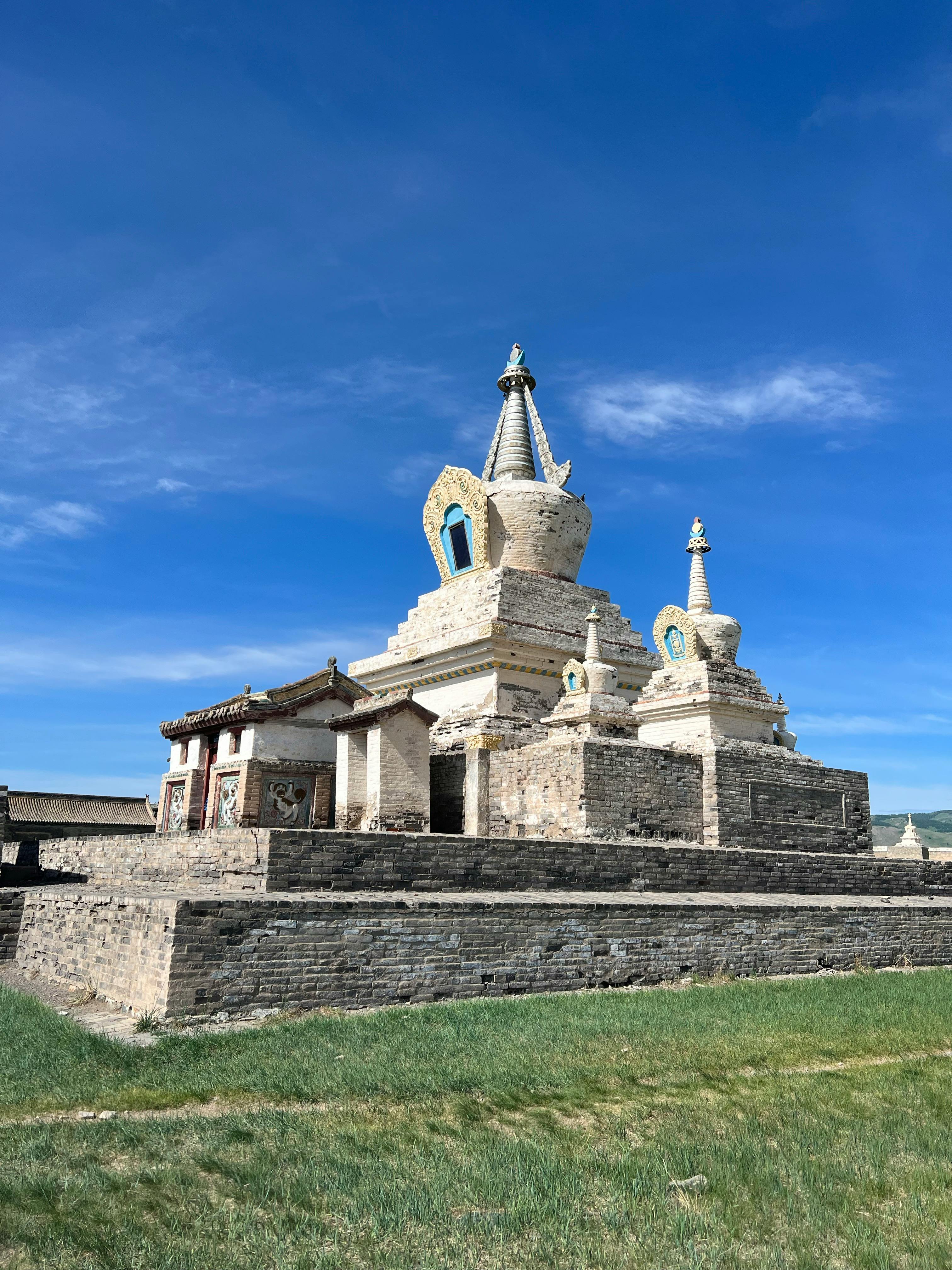
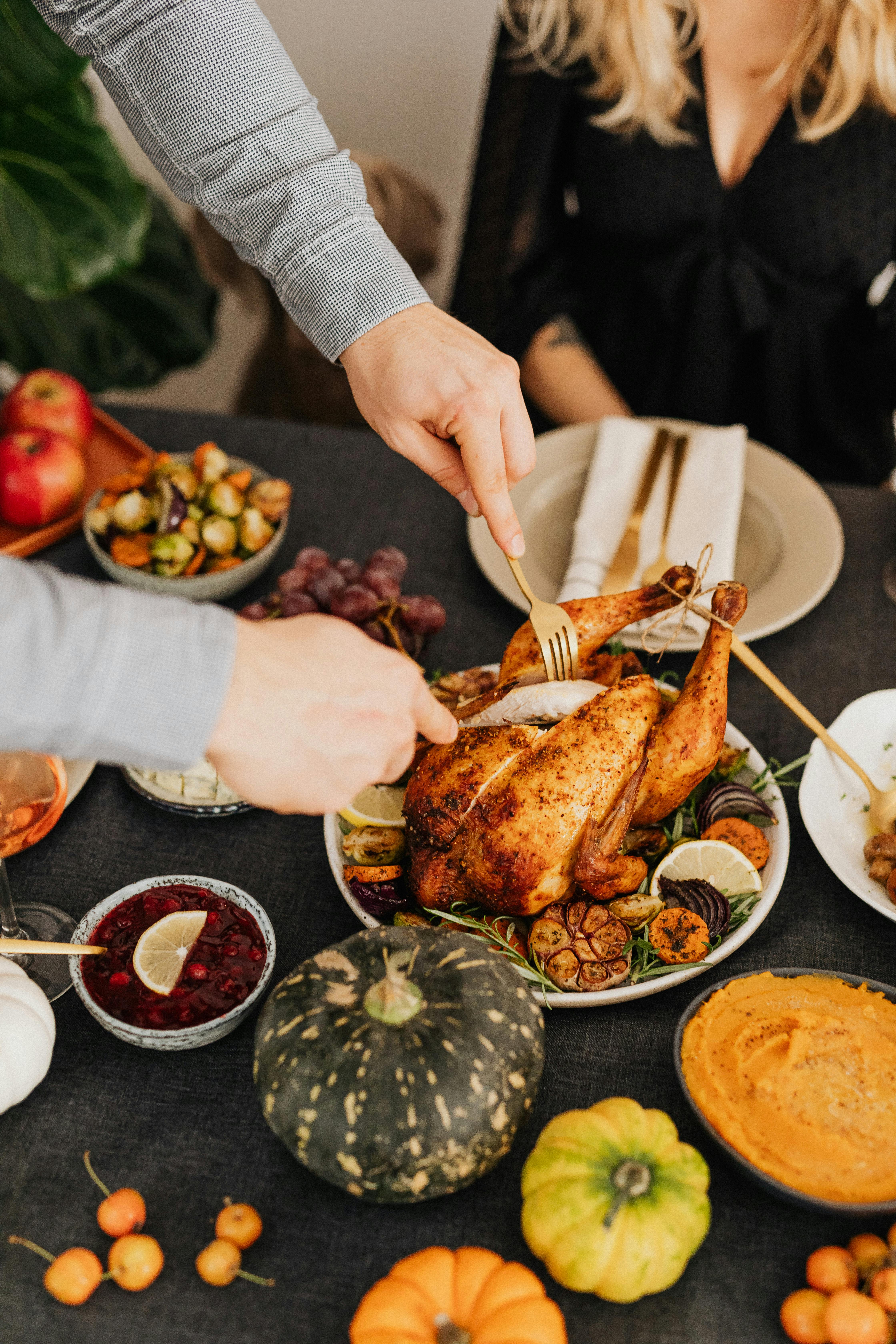
Food in Karakorum
Food prices
Must visit restaurants
Karakorum Cuisine
4.8 out of 5 rating
Experience authentic Mongolian flavors at Karakorum Cuisine, where traditional recipes meet modern culinary techniques. The warm ambiance and friendly staff make it a perfect stop after a day of exploring the ancient city.
Located at Main Street, Karakorum, Mongolia
Prices: $20-$30
Checking link...
Nomad's Delight
4.6 out of 5 rating
Delight in a fusion of traditional and contemporary dishes that celebrate Mongolia's rich cultural heritage at Nomad's Delight. Enjoy a meal in their yurt-themed dining area, complete with an excellent selection of local brews.
Located at 2 Peace Avenue, Karakorum, Mongolia
Prices: $15-$25
Checking link...
Steppe Bistro
4.7 out of 5 rating
Steppe Bistro offers a casual dining experience with an emphasis on fresh ingredients sourced from local farms. Try their famous dumplings and enjoy the picturesque views of the Mongolian steppe.
Located at 5 Steppe Road, Karakorum, Mongolia
Prices: $10-$20
Checking link...
Public transportation
Prices
Airport
Shopping
Shopping Prices
Animals and nature
Religion
Tourism and locals
Nightlife scene
Art, Culture and Architecture
Find Upcoming Events
Checking link...
Checking link...
Checking link...
Hotels
Prices
Five facts about Karakorum
1. Karakorum was built from the ground up by Genghis Khan, meant to demonstrate the might and power of the Mongol Empire.
2. The Erdene Zuu Monastery serves as a major attraction in Karakorum, containing 108 stupas representing religious significance.
3. Only about 10,000 people populate what was once the heart of the largest contiguous empire in history.
4. One could once find a tree made entirely of silver in the palace of Karakorum, a marvel that amazed visitors centuries ago.
5. Karakorum was briefly abandoned after the Mongol capital moved to Beijing, but its historical significance never faded.
Frequently asked questions
What is the best time of year to visit new destinations?
The best time to visit a destination depends on its climate and your preferences. Generally, spring and fall offer pleasant weather and fewer tourists, while summer may bring larger crowds and higher prices. Always check for seasonal events and holidays.
How can I find the top attractions in a city?
You can find the top attractions by checking travel guides like Cityexplorer.io, blogs, or apps like TripAdvisor. Our website offers curated lists of popular landmarks, cultural sites, and hidden gems for each city.
How do I get around a city?
Most cities offer public transportation options like buses, subways, or trams. Taxis, rideshare services, and bike rentals are also common. Some cities are walkable, making it easy to explore on foot.
How can I stay safe while traveling abroad?
To stay safe while traveling abroad, research your destination in advance to understand local customs and any potential risks. Keep your valuables secure, stay aware of your surroundings, use reliable transportation, and avoid risky areas, especially at night. It's also wise to register with your embassy if possible.
What should I pack for a city trip?
Pack comfortable walking shoes, appropriate clothing for the weather, a travel adapter (if needed), a reusable water bottle, and any personal items like medications. For international travel, don’t forget important documents like your passport and travel insurance.
How can I stay safe while traveling?
To stay safe, research the city beforehand, avoid unfamiliar areas at night, and keep your valuables secure. Use reputable transportation services, and always have a backup plan for communication, such as a local SIM card or Wi-Fi access.
How can I stay healthy while traveling?
To stay healthy while traveling, practice good hygiene, such as frequent handwashing and sanitizing. Stay hydrated, eat balanced meals, and get enough rest. If necessary, consult a healthcare provider about vaccinations or medications required for your destination.
How can I ensure my accommodation is safe?
To ensure your accommodation is safe, read reviews from previous guests, choose reputable hotels or hostels, and check for security features such as locks, safes, and 24-hour front desks. Upon arrival, familiarize yourself with emergency exits and procedures.
Are language barriers an issue when traveling?
In major cities, many locals speak basic English, especially in tourist areas. However, learning a few key phrases in the local language can enhance your experience and help you navigate more easily.
How can I avoid tourist traps?
Avoid tourist traps by researching your destination and seeking recommendations from locals or travel communities. Opt for off-the-beaten-path attractions, authentic dining spots, and lesser-known neighborhoods.
What should I do if I lose my passport while traveling?
If you lose your passport while traveling, report the loss to local authorities and contact your country's nearest embassy or consulate immediately. They can assist with obtaining a replacement passport or emergency travel document.
Do I need travel insurance?
Yes, travel insurance is recommended to cover unforeseen events like medical emergencies, trip cancellations, or lost luggage. It’s a small investment that can save you from significant expenses while traveling.
What is the best way to exchange currency?
The best way to exchange currency is usually through local ATMs using your debit card, as they often offer competitive exchange rates. Avoid airport exchanges and currency kiosks, as they may charge high fees. Consider getting a travel credit card with no foreign transaction fees.
How can I manage jet lag effectively?
To manage jet lag, adjust your sleep schedule before you depart, stay hydrated, and avoid caffeine and alcohol. Upon arrival, try to get exposure to natural light, and consider taking short naps if needed. Gradually adjust to the local time to ease the transition.
